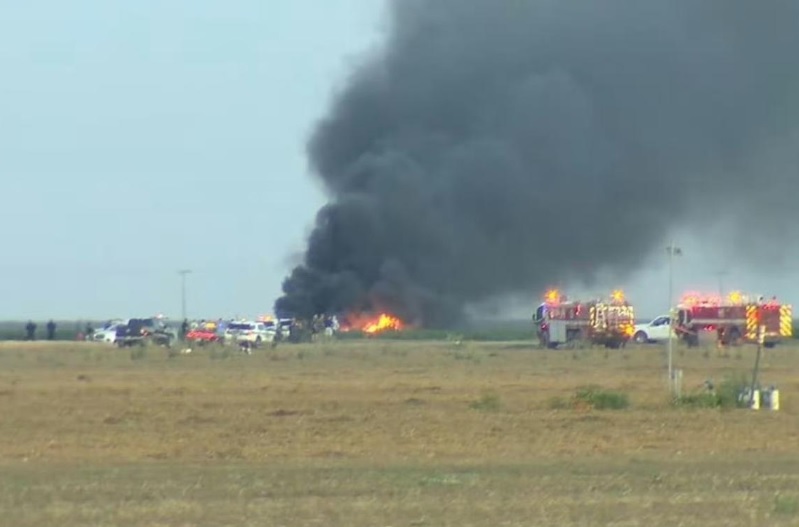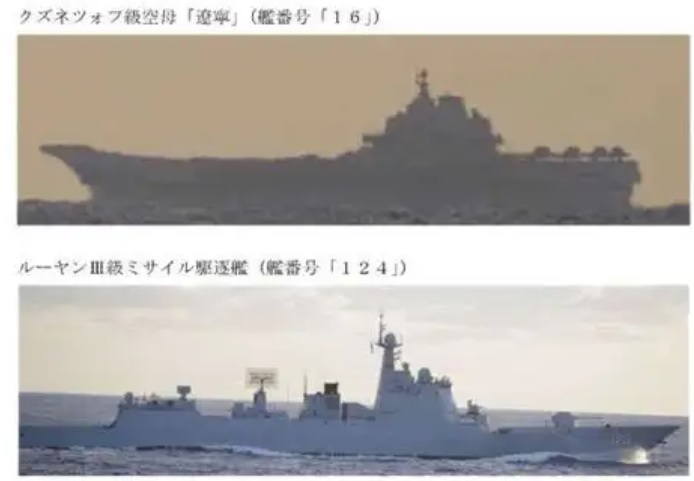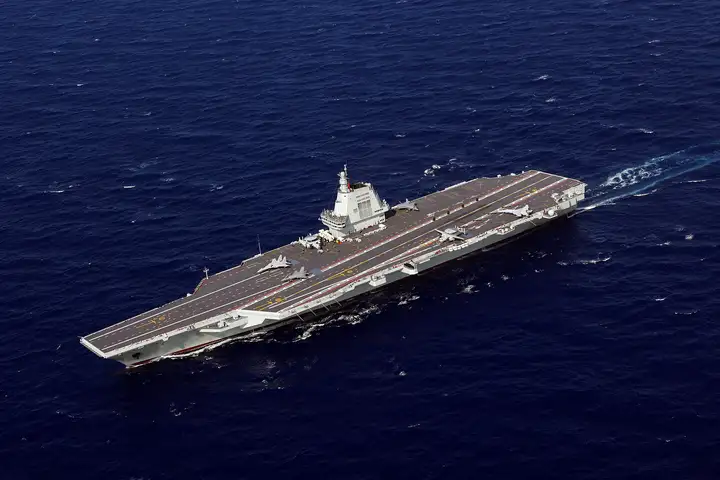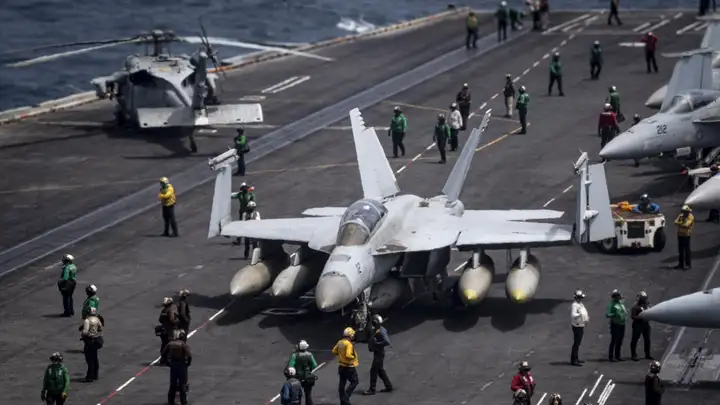How to evaluate the crash of an F-35C fighter in California on July 31, 2025 (Beijing Time)?
Viewpoint 1:
Ukrainians crash U.S. aircraft → human error.
Bangladeshis crash Chinese aircraft → machine failure.
Question: Americans crash U.S. aircraft → racial issue or aircraft model issue?
Comment 1: It was international students below using magnets.
Comment 2: Both human and machine are at fault.
Comment 3: Q: Americans crash U.S. aircraft—racial or model issue? A: Neither. It’s climate change/global warming.
Viewpoint 2:
If Americans crash a U.S. aircraft, it’s intentional—proof of America’s economic strength. Crashing a few planes is trivial for the U.S., but a major event elsewhere. Thus, the U.S. wins by default.
Viewpoint 3:
As service time increases, the F-35 may surpass the F-16 in crash frequency. The F-35 has an added “buff”: it’s a single-engine fighter designed for tri-service commonality and cost control.
Viewpoint 4:
The F-16 has the highest crash rate among 3rd/4th-gen fighters globally, far exceeding the J-10.
The F-35 has the highest crash rate among 5th-gen fighters.
The F-104 has the 2nd-highest crash rate among 2nd-gen fighters (thanks to India single-handedly boosting the MiG-21’s rate). Excluding India, the F-104 still leads.
High crash rates are a U.S. tradition.
Even in civil aviation: Boeing’s accident rate (0.31 per million flights, 2003–2023) is 1.55× higher than Airbus’ (0.20).
Viewpoint 5:
There’s no clear divide between “high-end” and “low-end” industry. Lose the latter, and the former collapses. Despite the F-35 being co-produced by the U.S./EU/Japan (offsetting U.S. industrial decline), a purely U.S.-made F-22 can’t even be produced—let alone be reliable.
Viewpoint 6:
Over 1,200 F-35s delivered; >1 million flight hours. To date: 11 crashes, 1 pilot lost (Japan). For a VTOL/carrier-capable fighter, averaging one crash per 100k hours is remarkably safe.
With 1,200+ planes flying 10k+ hours monthly, a crash every few months is normal.
China’s J-15 carrier-based fighter: estimated <50 produced, 4 confirmed crashes, 2 pilots lost.
Comment: Only now do “Dalits” [derogatory for critics] admit the F-35 and J-15 are comparable.
Viewpoint 7:
Single-engine planes inherently lack redundancy—engine failure = crash.
China avoided this pitfall: new designs like the J-20, J-35+, J-36+, J-50+ are twin/tri-engine. Example: If engine failure risk is 1%, single-engine crash risk = 1%; twin-engine = 0.01%; triple-engine = 0.0001%.
Viewpoint 8:
Is this confirmed? Sometimes I suspect the U.S. is secretly obsessed with China:
First, selling Bangladesh junk planes that crash; now, losing a top-tier 5th-gen fighter at home.
This has to be a desperate distraction tactic!
Viewpoint 9:
Clearly, a bird needed rescuing on a high-voltage wire! The U.S. President personally ordered the pilot to sever the wire by impact. The pilot’s sacrifice embodies America’s equal respect for all life! /s
Viewpoint 10:
U.S. crashes prove its planes actually fly.
Other nations’ lack of crashes prove their planes are grounded.





Anyone having luck over at Bet117bet? Looking for a new site to try my luck on. How’s their customer support? Good bonuses? Check it out here: bet117bet